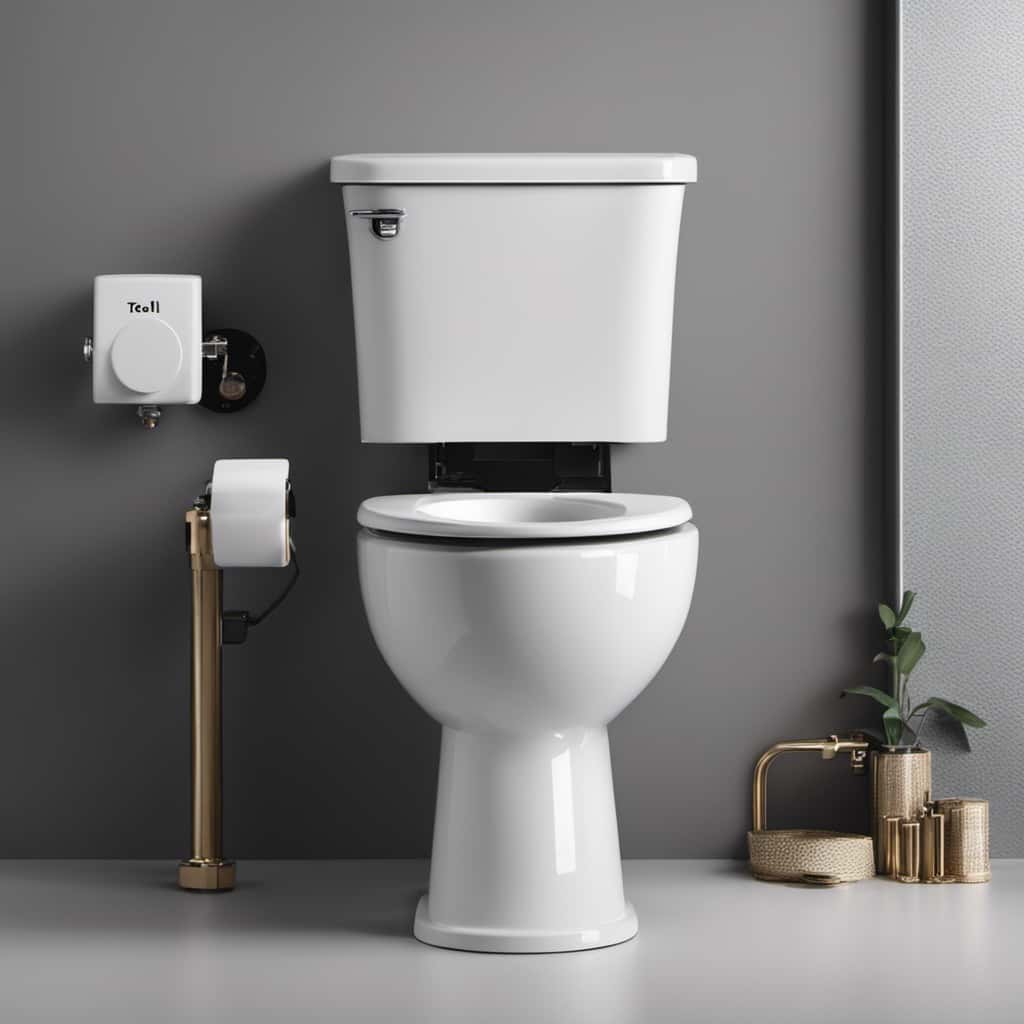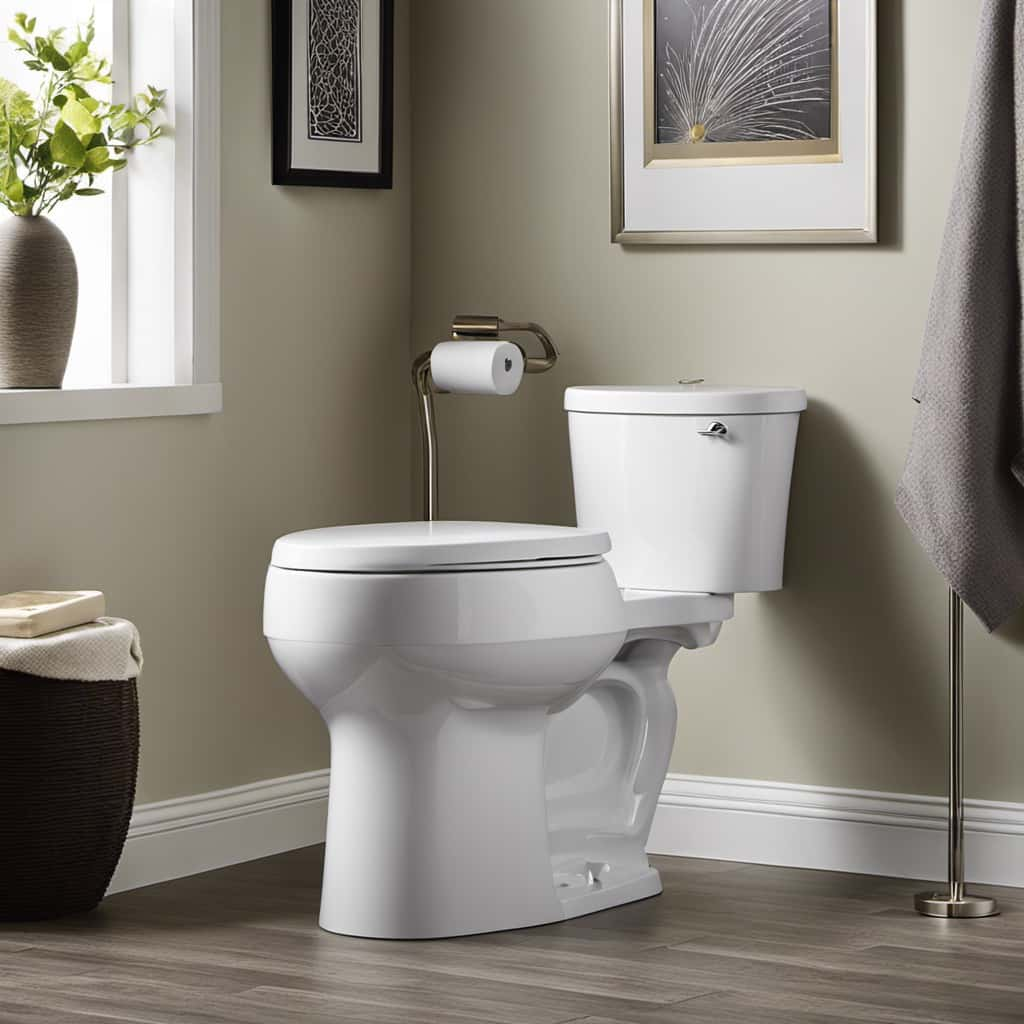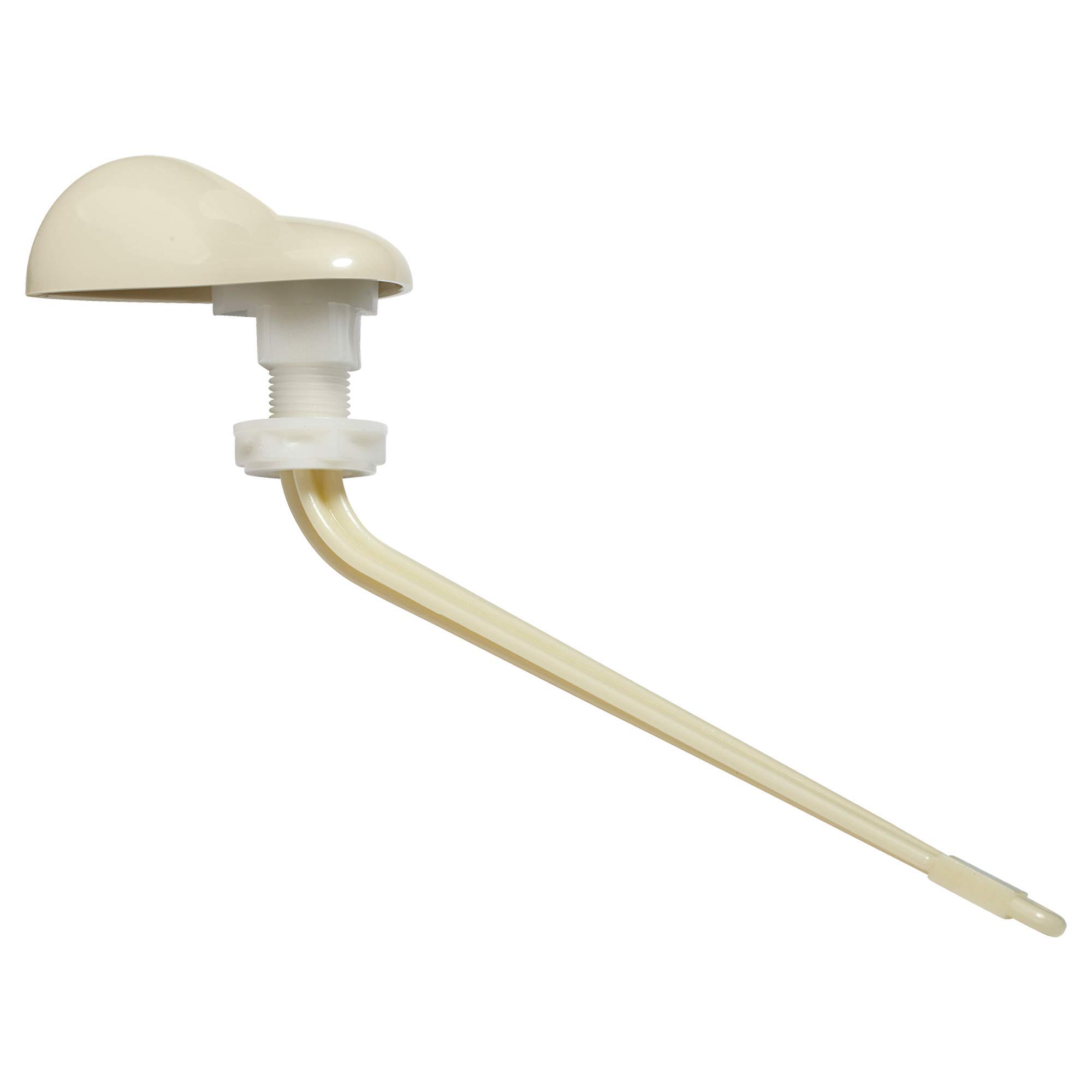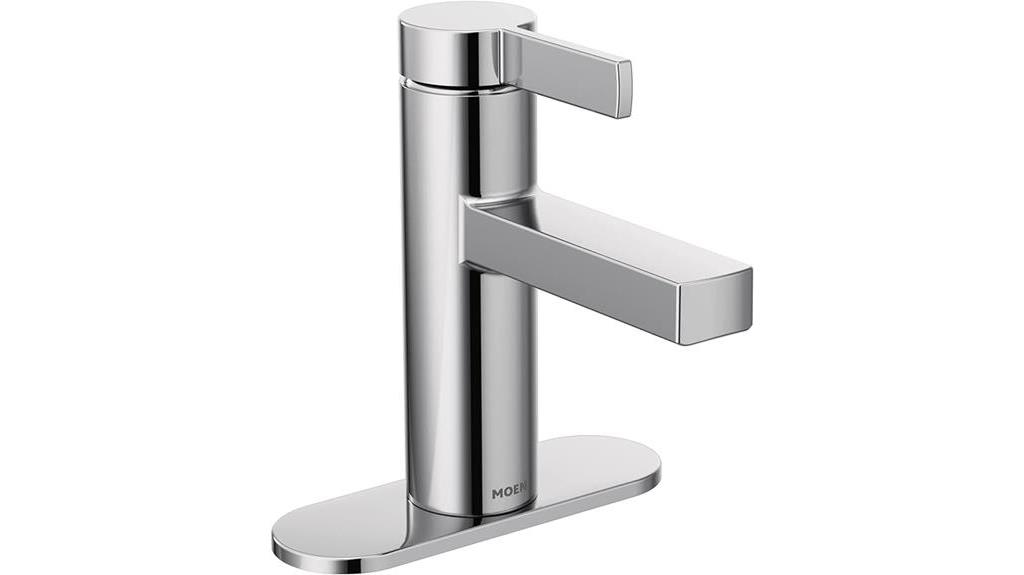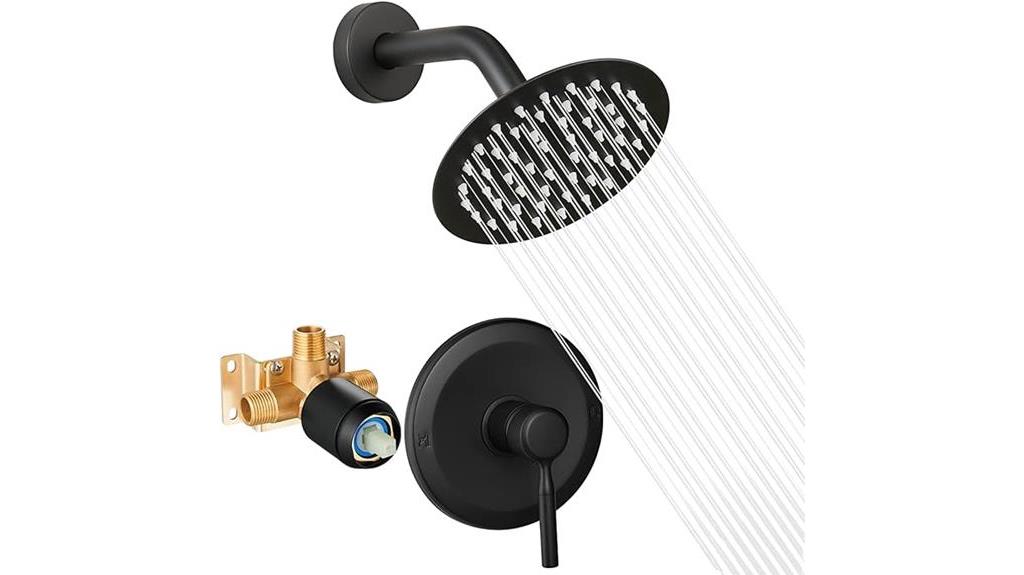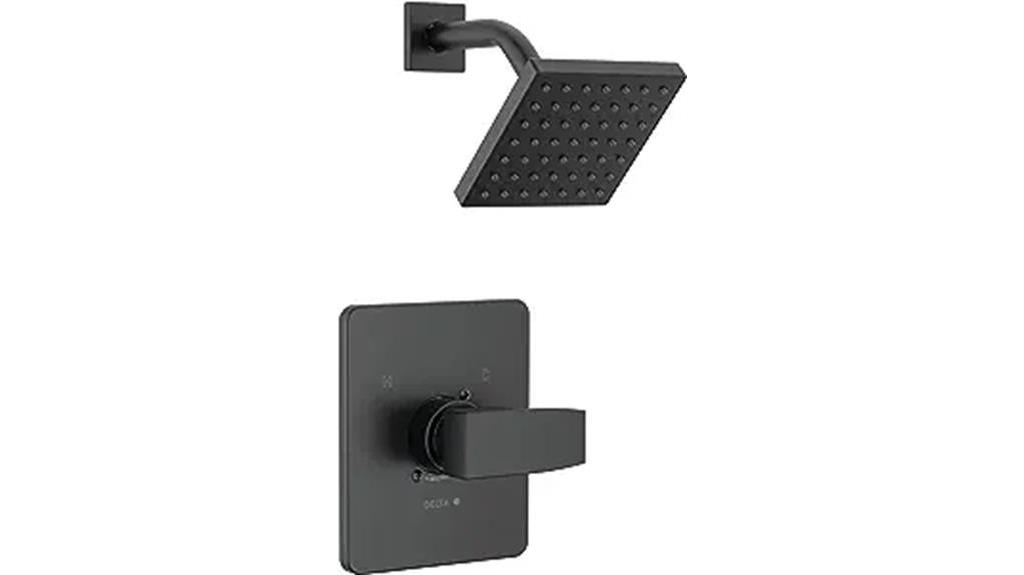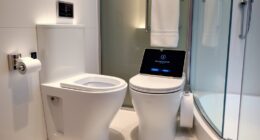Can’t stand the thought of plunging a clogged toilet? We feel you! But fear not, fellow masters of the bathroom. We’re here to reveal the secrets of unclogging without a plunger. Yes, it’s possible!
In this concise guide, we’ll walk you through a variety of techniques that are sure to leave your toilet flowing freely again. So, put away that plunger and get ready to become a toilet unclogging expert.
Let’s dive in!
Key Takeaways
- The hot water and soap method can be effective in breaking down clogs in a toilet.
- Baking soda and vinegar can also be used to clear a clog in a toilet.
- Using a toilet brush with stiff bristles can help break up a clog, but caution must be taken not to scratch the toilet surface.
- The wire hanger method may not be as effective as using a plunger, but it can be used to dislodge a clog in some cases.
Hot Water and Dish Soap Method
We can unclog a toilet without a plunger using the hot water and dish soap method. This DIY plumbing tip is effective and easy to do.
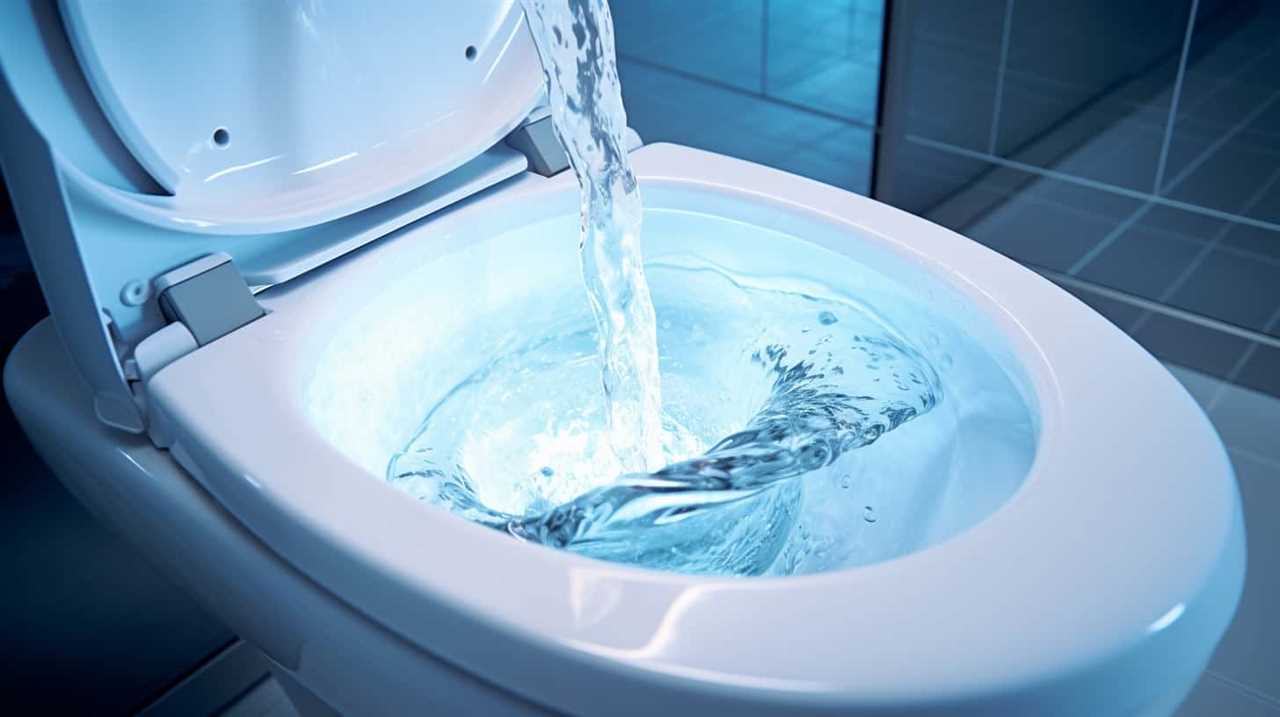
To start, gather a bucket of hot water and a generous amount of dish soap. Make sure the water is hot, but not boiling, as boiling water can crack the porcelain of the toilet bowl.
Pour the dish soap into the toilet bowl, aiming for the drain. Follow by slowly pouring the hot water into the bowl, allowing it to mix with the dish soap. Let the mixture sit for a few minutes to allow the soap to break down any clogs.
Baking Soda and Vinegar Method
To unclog a toilet without a plunger, we can utilize the Baking Soda and Vinegar method. This method takes advantage of the chemical reaction between baking soda (a base) and vinegar (an acid) to create a fizzy reaction that can help break down clogs.
Here’s how it works:

- Start by pouring about a cup of baking soda into the toilet bowl.
- Follow it up with about two cups of vinegar, pouring it slowly to avoid any overflow.
- Let the mixture sit for about 30 minutes to allow the chemical reaction to take place.
- Finally, flush the toilet to see if the clog has been cleared.
Using natural remedies like baking soda and vinegar can be an effective alternative to using a plunger. However, it’s important to note that the effectiveness of these methods may vary depending on the severity of the clog. If the clog persists, it may be necessary to call a professional plumber for assistance.
Toilet Brush Technique
Using a toilet brush is an effective technique for unclogging a toilet without a plunger. If you don’t have a plunger on hand or prefer not to use one, the toilet brush can be a great alternative.
To start, make sure you have a sturdy toilet brush with stiff bristles. Insert the brush into the toilet bowl and push it down firmly. Use a back-and-forth motion to break up the clog, applying some pressure if necessary. Be careful not to scratch the porcelain surface of the toilet.
Continue this process until the clog is cleared. Remember, there are other alternative unclogging methods, such as using hot water or a wire hanger, but the toilet brush technique is a reliable option when you don’t have those tools available.

Wire Hanger Method
One option for unclogging a toilet without a plunger is by utilizing the wire hanger method. This technique involves straightening out a wire hanger and creating a small hook at one end.
To use the wire hanger method, insert the hooked end into the toilet drain and gently maneuver it around to dislodge the clog.
While this method can be effective, there are some pros and cons to consider. On the positive side, it’s a simple and readily available solution that can be used in a pinch. However, it may not be as effective as using a plunger or other alternative solutions, especially for more stubborn clogs.
Additionally, there’s a risk of scratching the toilet bowl or damaging the plumbing if not done carefully.
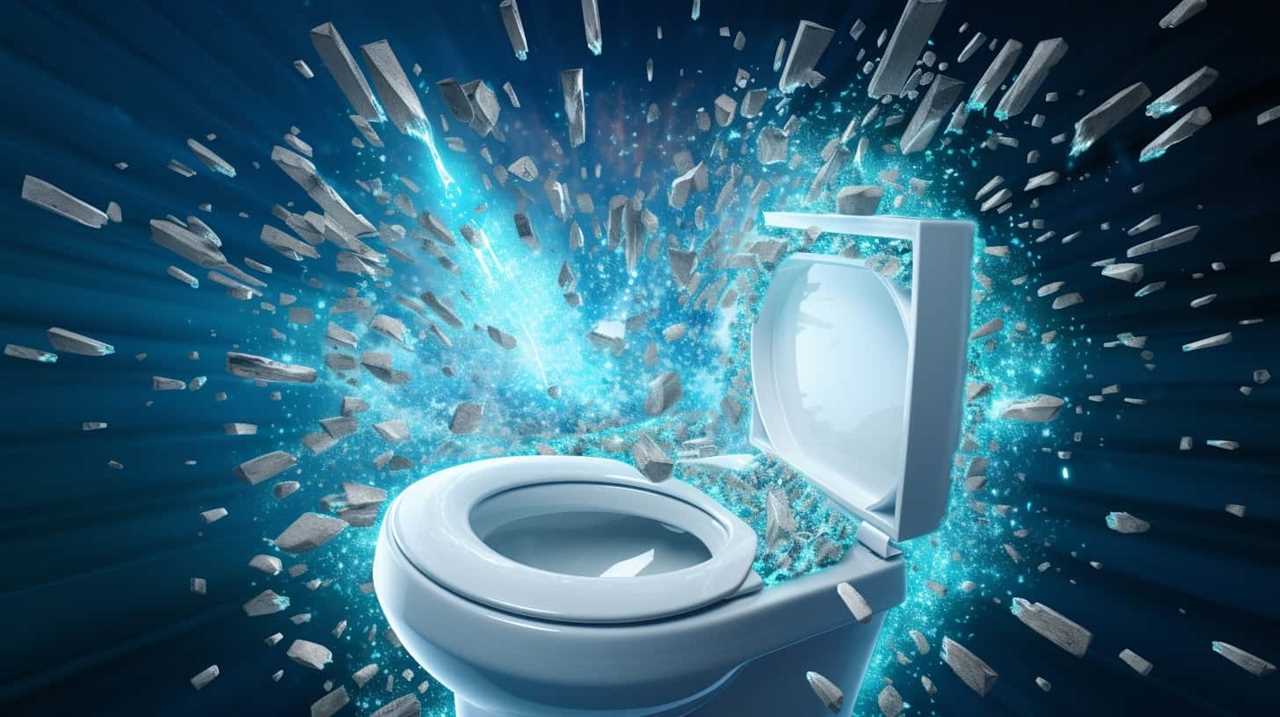
Enzyme-based Drain Cleaner Method
We found that an effective method for unclogging a toilet without a plunger is by using an enzyme-based drain cleaner. Enzyme-based drain cleaners are specifically designed to break down organic waste, such as toilet paper and waste material, that can cause clogs in the toilet drain. These cleaners contain natural enzymes that digest the waste and turn it into a liquid form, allowing it to easily flow through the pipes.
When using an enzyme-based drain cleaner, it’s important to follow safety precautions to avoid any accidents. Make sure to read and follow the instructions provided by the manufacturer. Additionally, always wear protective gloves and goggles to prevent any contact with the cleaner.
Enzyme-based drain cleaners have been proven to be highly effective in unclogging toilets, making them a reliable alternative to using a plunger.
Frequently Asked Questions
Can I Use Any Type of Dish Soap for the Hot Water and Dish Soap Method?
Yes, we can use any type of dish soap for the hot water and dish soap method. However, it’s important to note that using alternative cleaning agents may have risks, such as potential damage to the toilet or plumbing system.

How Long Should I Wait After Pouring Baking Soda and Vinegar Into the Toilet Before Flushing?
After pouring baking soda and vinegar into the toilet, we recommend waiting for about 15-30 minutes before flushing. This allows the mixture to work its magic and break down the clog. To prevent toilet clogs, regularly clean using vinegar and baking soda.
Is It Safe to Use a Wire Hanger to Unclog a Toilet Without Causing Any Damage?
Yes, using a wire hanger to unclog a toilet without causing damage can be effective. However, it may scratch the porcelain and is not as reliable as using alternative methods.
Can I Use an Enzyme-Based Drain Cleaner in a Toilet That Is Connected to a Septic System?
Enzyme-based drain cleaners are effective in unclogging toilets, but caution should be exercised when using them in toilets connected to septic systems. These cleaners can potentially disrupt the balance of bacteria in the septic tank.
Will Using a Toilet Brush Technique Effectively Unclog a Toilet Every Time?
Yes, using a toilet brush technique can be an effective alternative for unclogging a toilet. There are also other alternative unclogging methods available that can be used in the absence of a plunger.
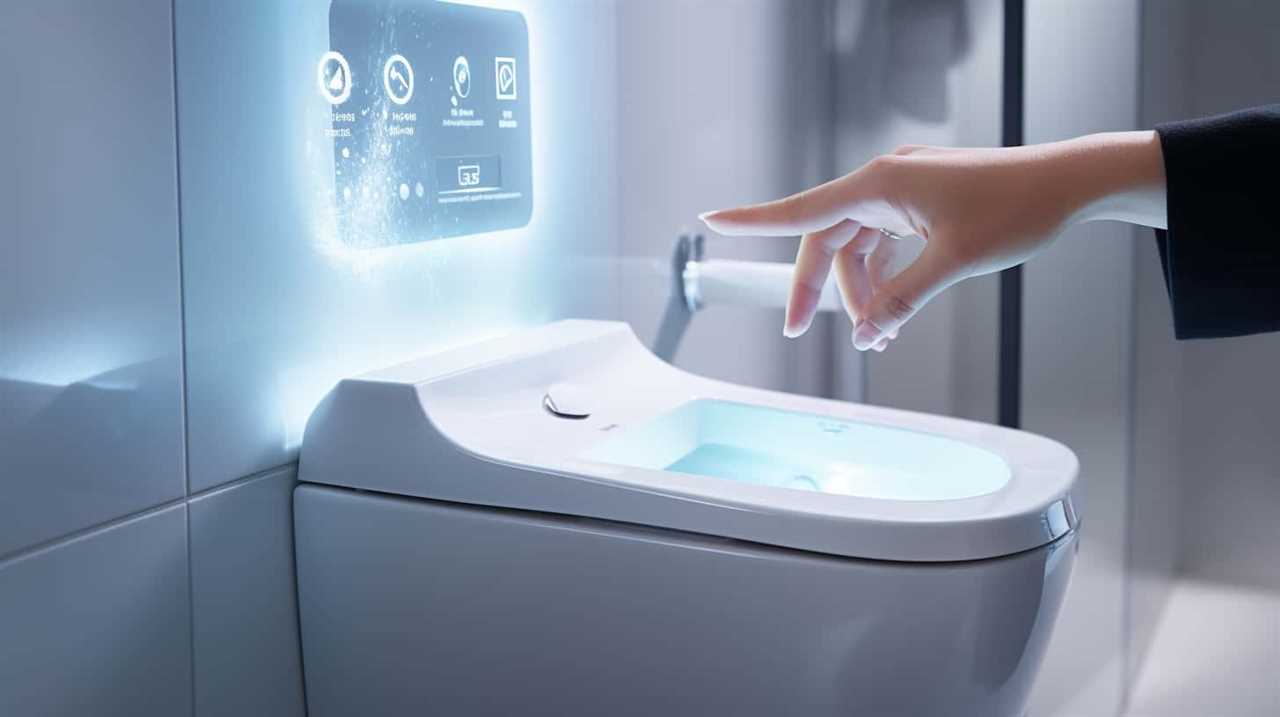
Conclusion
In conclusion, there are several effective methods to unclog a toilet without a plunger.
By using hot water and dish soap, baking soda and vinegar, a toilet brush, a wire hanger, or an enzyme-based drain cleaner, you can tackle the clog and restore proper functioning.
While some may doubt the effectiveness of these methods, imagine the satisfaction of successfully unclogging your toilet with simple household items, saving time and money on plumber services.
